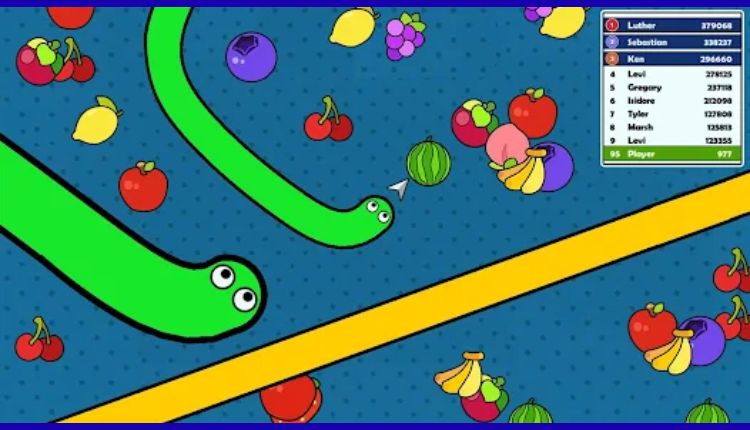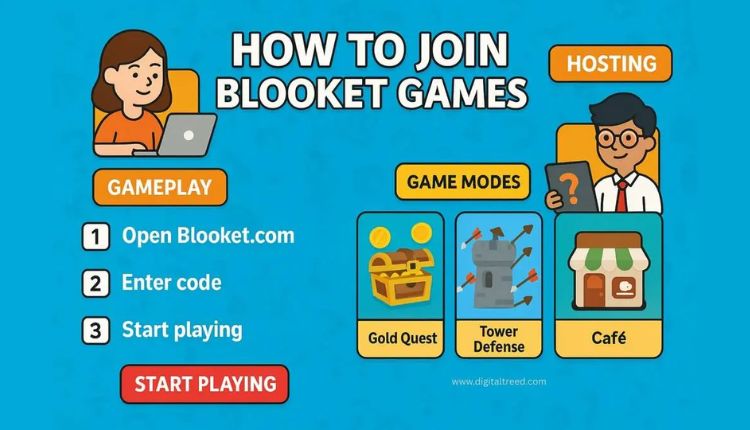Developed through Bennett Foddy, this sport fast became a viral sensation after its launch because of its ability to test gamers’ staying power and perseverance. Unlike maximum video games that step by step ease the player into demanding situations, this recreation throws them into the deep end right from the beginning. Its unconventional design and purposefully awkward controls make it both a test of ability and an exploration of patience.
Gameplay Concept and Design
The Getting Over It Game locations you on top of things of an individual named Diogenes, who sits in a huge metallic cauldron while conserving a sledgehammer. Your handiest manner of movement is swinging, pushing, and dragging yourselfwith the hammer. The controls are intentionally complex, forcing players to depend on precision, timing, and a number of staying powers. The surroundings are packed with steep cliffs, complex ledges, and unexpected boundaries, all designed to make each progress and profit noticeably tough.
What makes the sport even more specific is its lack of checkpoints. If you are making a mistake, you can lose minutes—or maybe hours—of progress in a count of seconds. This layout desire is relevant to the sport’s philosophy, teaching players to simply accept failure and strive again without giving up.
The Role of Bennett Foddy’s Narration
One of the most memorable capabilities of the Getting Over It Game is the narration with the aid of its author, Bennett Foddy. As you develop, fall, and struggle, Foddy offers philosophical observations, quotes from well-known authors, and reflections on failure, perseverance, and human nature. His calm, considerate voice contrasts with the frustration most gamers sense, making the experience oddly comforting notwithstanding the issue. This narration transforms the sport from an easy project into a meditative adventure approximating existence itself.
Why the Game Became So Popular
The Getting Over It Game became an internet phenomenon shortly after its release, largely due to livestreamers and YouTubers who showcased their struggles with it. Viewers enjoyed watching others strive to conquer its absurd demanding situations, often reacting with frustration, humour, or even moments of triumph. This shared enjoyment of battle and perseverance resonated with many players, growing a sturdy network around the game.
Its issue and unpredictability additionally made it especially replayable. Even players who finished it once regularly back to peer if they could improve their time or check their persistence again. The sport’s minimalistic pictures and simple controls made it handy; however, its genuine attraction lay in the mental task it presented.
Strategies for Success in the Getting Over It Game
While the Getting Over It Game is designed to be difficult, gamers can improve their probabilities of achievement by getting to know positive techniques. First, information on the physics of the hammer is essential. Small, particular movements are regularly more powerful than massive, reckless swings. Patience is every other key thing, as dashing regularly leads to luxurious mistakes.
Learning from failure is likewise crucial. Every fall teaches you something about timing, balance, and positioning. Many skilled gamers suggest specialising in consistency instead of speed, as consistent progress reduces the chance of major setbacks. Additionally, taking breaks when frustration builds up assists you to go back to the game with a clearer mindset.
The Emotional Roller Coaster of Playing
Playing the Getting Over It Game is an emotional enjoyment in contrast to most different games. The feeling of making development after a long conflict is deeply pleasing, even as the sudden lack of that progress can be crushing. This regular cycle of wishing, frustration, and triumph creates an addictive loop that keeps gamers coming back.
For many, the game will become more than just a check of hand-eye coordination. It becomes a reflection of private resilience. The ability to get over failure and keep moving forward in the face of setbacks mirrors real-life challenges, making the revel in them fantastically significant.
Community Reactions and Cultural Impact
The Getting Over It Game has left an enduring mark on gaming lifestyle. Its combination of problems and philosophical intensity sparked endless memes, fan art, and discussion threads online. Many players share their tales of frustration and fulfilment, growing a sense of camaraderie among the ones who have faced its trials.
The game’s fulfilment has also stimulated other builders, inspiring a wave of hard, physics-primarily-based indie games. These titles frequently borrow elements from Getting Over It, inclusive of minimalistic layout, punishing problems, and a focus on participant perseverance.
Lessons Learned from the Getting Over It Game
One of the most profound factors of the Getting Over It Game is the life instructions it imparts. The recreation teaches that development is hardly ever linear and that setbacks are an inevitable part of any adventure. It encourages gamers to view failure no longer as an endpoint but as a possibility to examine and enhance.
It also highlights the value of endurance, self-control, and emotional law. Just as in real lifestyles, reacting rapidly to setbacks often results in even bigger mistakes. The calm, considerate technique rewarded in the game mirrors the attitude wished to triumph over challenges out of doors in the digital world.
Conclusion
The Getting Over It Game stands out as a surely specific gaming experience. Its hard mechanics, philosophical narration, and emotional highs and lows create something a long way deeper than a trendy platformer. It challenges now not simply your gaming abilities but your intellectual resilience and ability to deal with failure.
For those inclined to embrace its demanding situations, the game now gives not simply amusement, but an possibility for non-public growth. It is a reminder that the maximum profitable achievements regularly come after the toughest struggles and that patience in the face of adversity can result in the sweetest victories.





